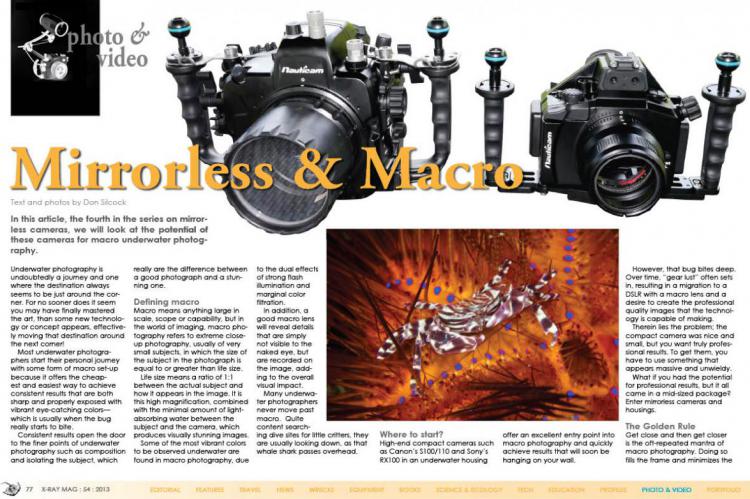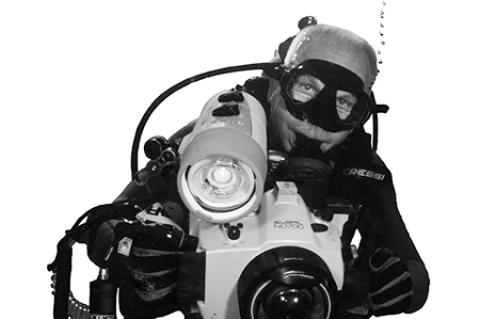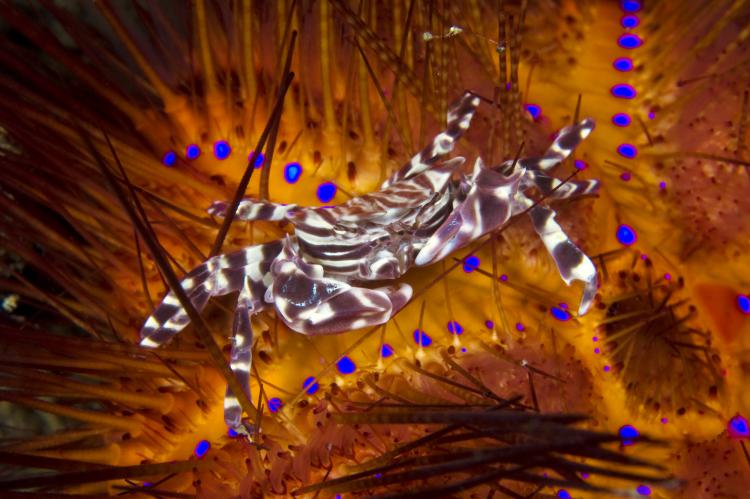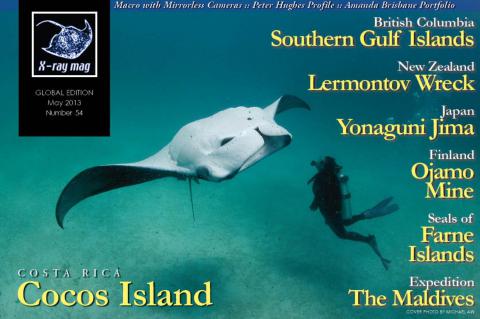Mirrorless and Macro
In this article, the fourth in the series on mirrorless cameras, we will look at the potential of these cameras for macro underwater photography. In this article, the fifth in the series, we will take a close look at how the Olympus OMD-EM5 mirrorless camera performs underwater, but first a quick refresher on the story so far and why the OMD. Underwater photography is undoubtedly a journey and one where the destination always seems to be just around the corner. For no sooner does it seem you may have finally mastered the art, than some new technology or concept appears, effectively moving that destination around the next corner!
Tags & Taxonomy
Most underwater photographers start their personal journey with some form of macro set-up because it offers the cheapest and easiest way to achieve consistent results that are both sharp and properly exposed with vibrant eye-catching colors— which is usually when the bug really starts to bite.
Consistent results open the door to the finer points of underwater photography such as composition and isolating the subject, which really are the difference between a good photograph and a stunning one.
Defining macro
Macro means anything large in scale, scope or capability, but in the world of imaging, macro photography refers to extreme close-up photography, usually of very small subjects, in which the size of the subject in the photograph is equal to or greater than life size.
Life size means a ratio of 1:1 between the actual subject and how it appears in the image. It is this high magnification, combined with the minimal amount of light-absorbing water between the subject and the camera, which produces visually stunning images.
Some of the most vibrant colors to be observed underwater are found in macro photography, due to the dual effects of strong flash illumination and marginal color filtration.
In addition, a good macro lens will reveal details that are simply not visible to the naked eye, but are recorded on the image, adding to the overall visual impact.
Many underwater photographers never move past macro. Quite content searching dive sites for little critters, they are usually looking down, as that whale shark passes overhead...
Download the full article ⬇︎

Originally published
X-Ray Mag #54
Diving Cocos Island; British Columbia's Southern Gulf Islands; Seals of Farne Islands; The Lermontov Wreck off New Zealand; Japan's Yonaguni Jima; Finland's Ojamo Mine; Expedition to the Maldives; Dive Fitness Programs for Divers; Scuba Instructor Training; Tech: Self-Sufficiency vs Team Diving; Macro with Mirrorless Cameras; Peter Hughes Profile; Frozen Water: Amanda Brisbane's Sand Cast Glass; Plus news and discoveries, equipment and training news, books and media, underwater photo and video equipment, turtle news, shark tales, whale tales and much more...



